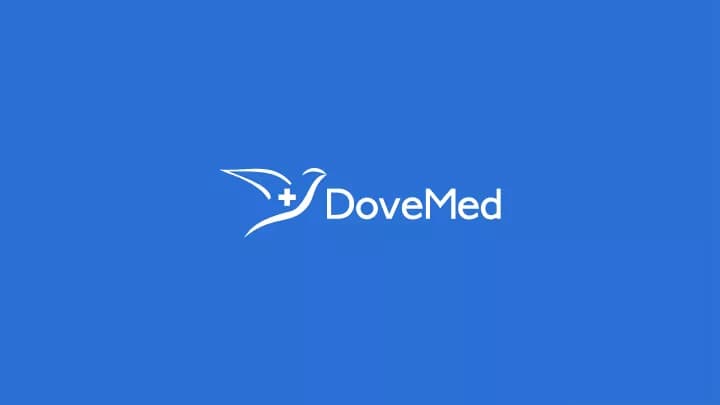
Unveiling the Vagal Nerve Nuclei: Understanding their Anatomy and Functions
Introduction:
The vagal nerve, also known as the tenth cranial nerve or the cranial nerve X, is a key component of the parasympathetic nervous system. This comprehensive article aims to explore the anatomy and functions of the vagal nerve nuclei, shedding light on their significance in regulating autonomic functions and maintaining homeostasis.
Anatomy of Vagal Nerve Nuclei:
The vagal nerve consists of multiple nuclei that are involved in the coordination and regulation of various physiological processes. The important vagal nerve nuclei include:
- Dorsal Motor Nucleus (DMN): Located in the medulla oblongata, the DMN gives rise to preganglionic parasympathetic fibers that innervate the smooth muscles, glands, and organs in the thorax and abdomen.
- Nucleus Ambiguus (NA): Situated in the medulla, the NA is responsible for supplying motor innervation to the muscles of the pharynx, larynx, and upper esophagus. It plays a crucial role in controlling swallowing, speech production, and vocalization.
- Solitary Tract Nucleus (STN): Found in the medulla, the STN receives sensory information from the taste buds on the posterior third of the tongue via the chorda tympani branch of the facial nerve. It also receives visceral sensory input from organs in the thorax and abdomen.
- Spinal Trigeminal Nucleus (STN): Located in the medulla and upper cervical spinal cord, the STN receives sensory information from the face, head, and neck via the trigeminal nerve. It plays a role in transmitting pain, temperature, and tactile sensations from these regions.
Functions of Vagal Nerve Nuclei:
The vagal nerve nuclei are involved in a wide range of functions, including:
- Regulation of Parasympathetic Activity: The DMN generates parasympathetic output, regulating various autonomic functions such as heart rate, bronchial smooth muscle tone, gastrointestinal motility, and secretory activities of glands.
- Control of Swallowing and Speech: The NA coordinates the motor activity of muscles involved in swallowing, phonation, and speech production.
- Taste Sensation: The STN processes taste information from the posterior third of the tongue and relays it to higher brain centers for perception and interpretation.
- Sensory Integration: The STN and STN receive and integrate sensory information from the face, head, neck, and visceral organs, playing a role in sensory perception and reflex responses.
Clinical Significance:
Disorders or dysfunction of the vagal nerve nuclei can have significant clinical implications, leading to various symptoms and conditions. Understanding the anatomical and functional aspects of the vagal nerve nuclei can aid in the diagnosis and management of these conditions.
Conclusion:
The vagal nerve nuclei, including the dorsal motor nucleus, nucleus ambiguus, solitary tract nucleus, and spinal trigeminal nucleus, play crucial roles in regulating autonomic functions, coordinating motor activities, processing taste sensations, and integrating sensory information. Understanding the anatomy and functions of these nuclei is essential for comprehending the complex workings of the parasympathetic nervous system and its impact on homeostasis.
Hashtags: #VagalNerveNuclei #Neuroanatomy #ParasympatheticNervousSystem
Related Articles
Test Your Knowledge
Asked by users
Related Centers
Related Specialties
Related Physicians
Related Procedures
Related Resources
Join DoveHubs
and connect with fellow professionals




0 Comments
Please log in to post a comment.